By Matt Wolfe
Thanksgiving is a time for many families to come together and appreciate what life has given them. In honor of this yearly tradition, we’ve put together a list of cars that our inductee’s and their families can be thankful for.
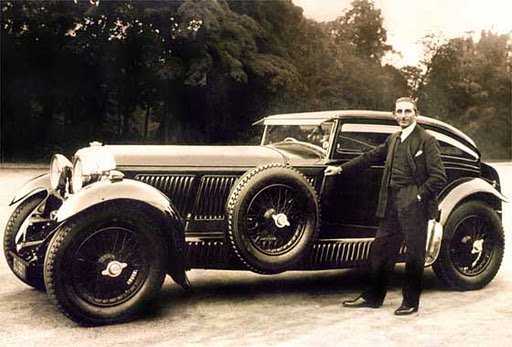
An heir to the family’s mining and banking corporation, Walter Owen Bentley could have lived a life of ease. Instead, he chose a hands-on career because of his love of engines and racing. Bentley partnered with his brother Horace and built vehicles that set the standard, and often the record, for speed. The Bentley Speed Six (pictured above) was one of the most successful race cars of its time; winning the 24 Hours of Le Mans back to back in 1929 and 1930, helping Bentley win four consecutive races at Le Mans from 1927-1930.
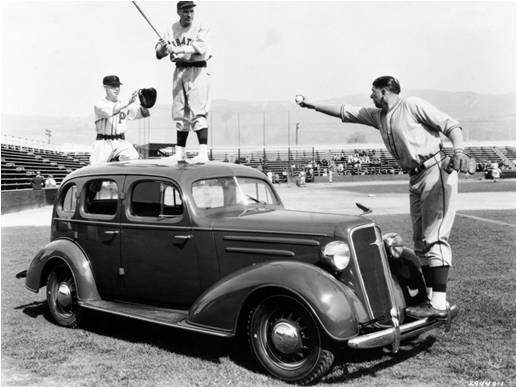
A General Motors Vice President once said; “When one Fisher Brother cuts himself shaving, they all bleed”. Fred and Charles Fisher established Fisher Body in 1908. One by one, the younger brothers all joined the business, each bringing new skills and differing opinions, but sharing a sense of unity for the common goal of outstanding craftsmanship. The company developed and produced millions of car bodies, including the “Turret Top”; the industry’s first one-piece all-steel roof. Introduced on the 1935 Chevrolets, the Turret Top body greatly increased the structural integrity of the Chevy’s cars, as evidenced by the photo above.
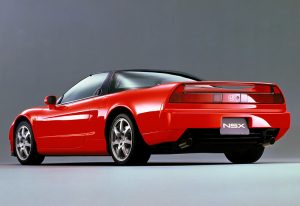
Soichiro Honda; 1990 Honda NSX
Soichiro Honda was a perfectionist, obsessed with making his company’s products as good as they could possibly be. One that stands above them all is the NSX. Developed at the zenith of Honda’s F1 racing success, the NSX was a halo car for the company and a shot across the bow of the established sportscar makers. Sublime handling, graceful design, and sound engineering made the NSX a new industry benchmark. Though he was not directly involved with the car’s development, Mr. Honda lived to see the NSX make its production debut, something he was certainly thankful for
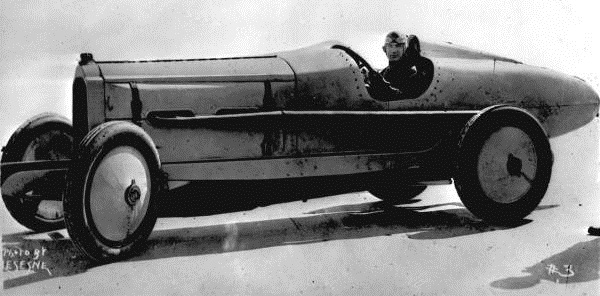

Jesse Vincent/Ralph DePalma; 1916 Packard 299 Special “Twin Six”
Packard became the first automobile manufacturer to mass produce a V-12 when it released the “Twin-Six” engine for 1916. Developed by Packard Engineer Jesse Vincent, theTwin Six was Packard’s answer to the Cadillac V8. Vincent was fond of the 12-cylinder for its smooth operation and prodigious power output. Packard’s customers agreed and bought so many that the company had to increase its engine building workforce by 50 percent to meet demand. The most famous Twin Six equipped car was the 299 Special; a purpose built racing machine which Ralph DePalma drove to a land speed record of 149 MPH on Daytona Beach.
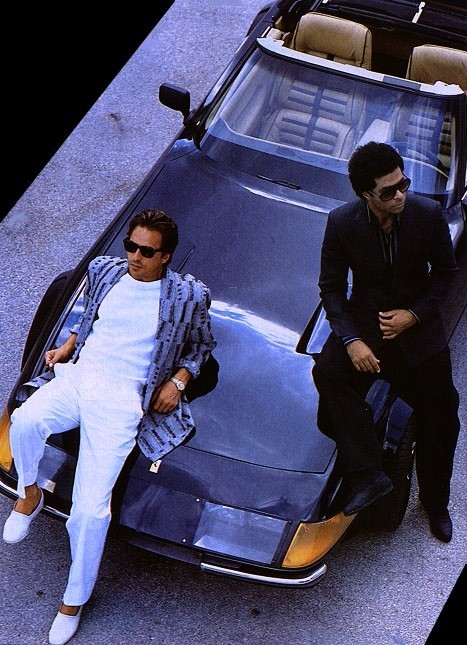
Battista Pininfarina; 1968 Ferrari Daytona
Pininfarina is a name that is synonymous with Italian flair and elegant design. The firm has styled some of the world’s most beautiful automobiles, but few more striking than the Daytona. Introduced as the 365 GTB/4, it was christened the Daytona in honor of Ferrari’s 1-2-3 finish at the 1967 24 Hours of Daytona. Its long nose and short tail form a fastback silhouette that defines a classically correct “Grand-Tourer”. It is regarded as the best sports car of its time and one of the greatest Ferraris ever built. The Daytona did achieve class wins at the 24 hours of Le Mans and Daytona, but it is best known for its role as the car of choice for Crockett & Tubbs on Miami Vice.
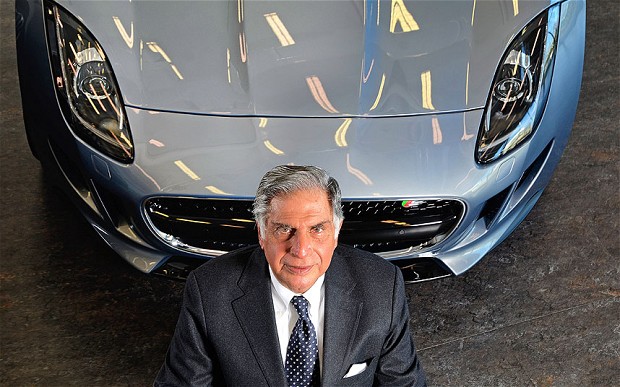
Ratan Tata; 2013 Jaguar F-Type
Ratan Tata’s passion for cars brought India into the center stage of the automotive industry. During his tenure as Chairman of Tata Sons he helped launch India’s first native car, the Tata Indica, and was the driving force behind Tata’s acquisition of Jaguar & Land Rover from Ford. Jaguar has been very successful under Tata’s control, and the partnership has produced great vehicles like the F-Type; Jaguar’s first true sports car since the legendary E-Type.
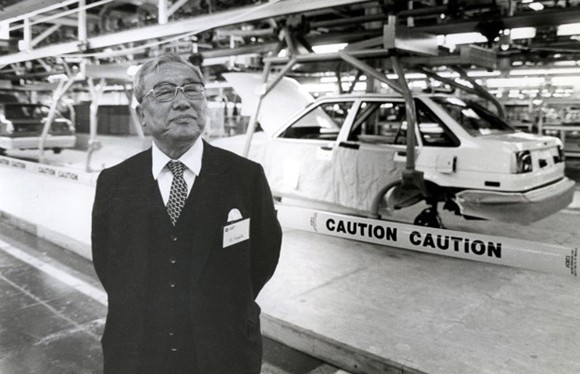
Eiji Toyoda; 1983 Toyota Corolla
Eiji Toyoda guided Toyota Motor Company to become one of the world’s largest automobile manufacturers. He promoted the concept of “Kaizen” (continuous improvement) to build Toyota’s reputation for quality. Toyoda led the company into the American market with the introduction of the Toyota Crown. Although the Crown was unsuccessful in the U.S., it paved the way for the Corona and later the Corolla. The 5th generation Corolla (pictured above) became one of Toyota’s best-selling models with over 3.3 million units produced. Toyota has sold over 40 million Corollas to date, and the Toyoda family is surely pleased to have helped create the world’s best-selling car.
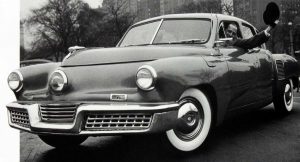
Preston Tucker; 1948 Tucker Torpedo
Preston Tucker was a visionary who challenged the automotive establishment when he founded the Tucker Corporation. His first prototype car, the Tucker Torpedo, was launched in 1947. Equipped with a rear-mounted engine, a center headlight, and innovative safety features, the Torpedo was light years ahead of anything else on the road. Though the car was commercially a turkey (only 51 cars were made before the company failed), it was a revelation for what was possible. Showing their appreciation for his undying energy, Preston Tucker’s grandchildren recently started a company to bring many of his never released concepts and designs to life.